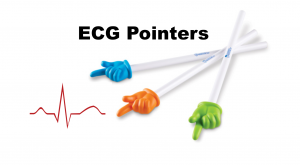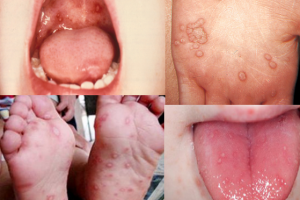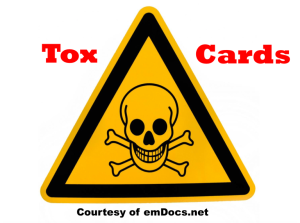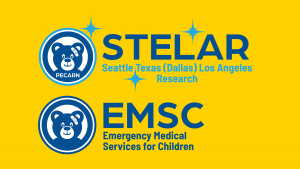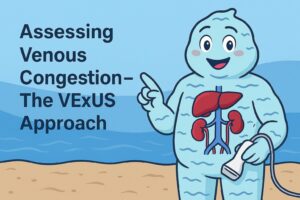Originally published at The Pediatric EMS Podcast on March 5, 2035. Reposted with permission. Please visit their site HERE to see all the amazing podcasts or subscribe to their RSS HERE.
This is the Pediatric EMS Podcast with the mission to provide case-based discussion with evidence-based recommendations by content experts in prehospital pediatric medicine in order to advance the care of children outside the hospital.
Episode 15: Prehospital Pediatric Traumatic Cardiac Arrest: Priorities for Care
Brought to you by The National Association of EMS Physicians (NAEMSP) and Missouri Emergency Medical Services for Children (MO-EMSC).

Hosts: Dr. Joelle Donofrio-Odmann and Dr. Joseph Finney


Website: https://sites.libsyn.com/414020
GET CEU CREDIT THROUGH PRODIGY EMS
Episode Summary
Episode 15 of the Pediatric EMS Podcast focuses on the case of a pediatric out-of-hospital traumatic cardiac arrest. Dr. Finney and Dr. Romeo Ignacio discuss the unique management priorities for traumatic arrest and how it differs compared to medical cardiac arrest. The episode recounts a real-life incident involving a child struck and pinned under an SUV, detailing the prehospital response, interventions, and decision-making process.
Guest Expert

Romeo Ignacio Jr., MD.
Dr. Romeo Ignacio is the Trauma Medical Director at Rady Children’s Hospital and the Section Chief of Pediatric Surgery, affiliated with UC San Diego. A former EMT and a 24-year U.S. Navy veteran, he specializes in pediatric trauma care
Takehome Points
-
Differentiate Between Traumatic and Medical Cardiac Arrest:
- The approach to traumatic cardiac arrest is distinct from medical arrest, with hemorrhage control and volume resuscitation taking precedence over standard CPR and epinephrine administration.
-
Follow the MARCH Algorithm for Trauma Management:
- Prioritize Massive hemorrhage, Airway, Respirations, Circulation, and Hypothermia/Head Injury, ensuring a systematic approach to treating the most life-threatening issues first.
-
Blood Products Over Crystalloids for Volume Resuscitation:
- If available, whole blood or blood products should be used to restore circulation in hemorrhagic shock, as excessive crystalloid fluids can dilute clotting factors and worsen coagulopathy.
-
Minimize On-Scene Time and Focus on Rapid Transport:
- Definitive care for traumatic cardiac arrest requires hospital-level interventions; therefore, providers should avoid unnecessary scene delays and focus on rapid transport while continuing interventions en route.
-
Avoid the “H-Bombs” in Pediatric Traumatic Brain Injury (TBI):
- Prevent Hypoxia, Hyperventilation, and Hypotension, as these factors increase mortality in pediatric trauma patients. Controlled ventilation and maintaining adequate oxygenation and perfusion are key to improving outcomes.
THANK YOU
Special Thank you to Monarch Fire Protection District and the amazing paramedics who continue to care for critically ill and injured patients each and every day.


